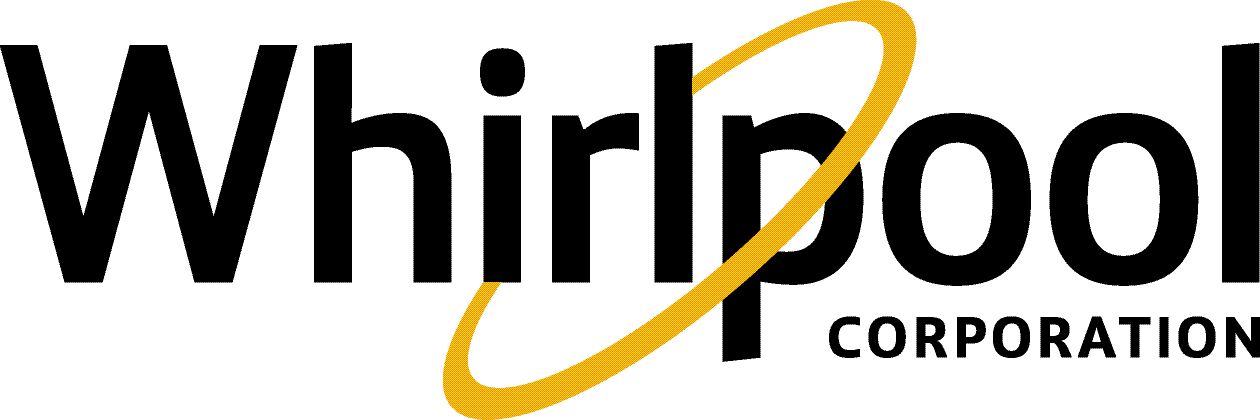Extending Energy Efficiency Beyond Appliances
When we consider the efficiency of our appliances as part of the buildings they serve, these efficiencies become even more impactful
As employees of the world’s largest manufacturer and marketer of appliances we know home appliances can have a big impact on the consumption of energy and water. When we consider the efficiency of our appliances as part of the buildings they serve, these efficiencies become even more impactful.
According to the US Energy Information Administration (EIA) in 2014, 41% of total US energy consumption occurred in residential and commercial buildings. Buildings account for the greatest segment of energy consumption and therefore the greatest opportunity for reducing demand.
The impact of buildings on the environment doesn’t end with energy. According to the United States Green Building Council (USGBC) buildings account for:
- 30% of greenhouse gas emissions
- 30% of raw material use
- 30% of waste output
- 12% of potable water consumption
A healthy building industry (new start construction and renovations) generally results in a healthy appliance market which is good for Whirlpool Corporation, but it also means greater demands on our resources and emissions on our environment. The expectations for 2015 as released by Dodge Data and Analytics predicted a 9% rise in construction starts for 2015 over the 5% rise in 2014 suggesting the building market is showing continued improvement.
Fortunately, there are a number of programs designed to help reduce the impact of buildings on the earth’s energy and resource consumption. Building codes incorporate minimum energy standards for performance. In addition, there are optional programs that building owners can employ in building design, construction and operation to meet a higher level of efficiency and reduce the buildings’ impact on the environment.
According to McGraw-Hill Construction Data, the US green building market value is expected to be $163 billion in 2015, up from $71 billion in 2010. This is in part due to the growth and expansion of marketing around voluntary green building programs such as the USGBC Leadership in Energy and Environmental Design (LEED) Program.
In the US, LEED may be the most highly recognized green building program where owners can seek green building certification through the design, construction and operation of a building. There are different programs for LEED certification depending on the type of project under construction: Building Design and Construction, Interior Design and Construction, Building Operations and Maintenance, Neighborhood Development and Homes. Plus, there are different levels of certification: certified (least stringent), silver, gold and platinum (most stringent).
Whirlpool Corporation is not only doing its part to design and manufacture appliances that meet and exceed energy and water usage standards, it is also doing it’s part to construct and operate it’s own energy efficient buildings. Currently, Whirlpool Corporation operates 13 LEED-Certified facilities across the US. This includes the North American Headquarters (Riverview Campus) in Benton Harbor, Michigan which achieved the highest level of certification -- platinum. In addition, we have six gold, three silver and three certified designations.
Sustainability is seeing the big the picture and how all of the little components impact the composition. Whirlpool Corporation demonstrates that sustainability matters from the appliances we manufacture to the buildings we operate.
Andrea Hutchins, AIA, AKBD, LEED-AP
Communications Manager, Whirlpool Corporation

